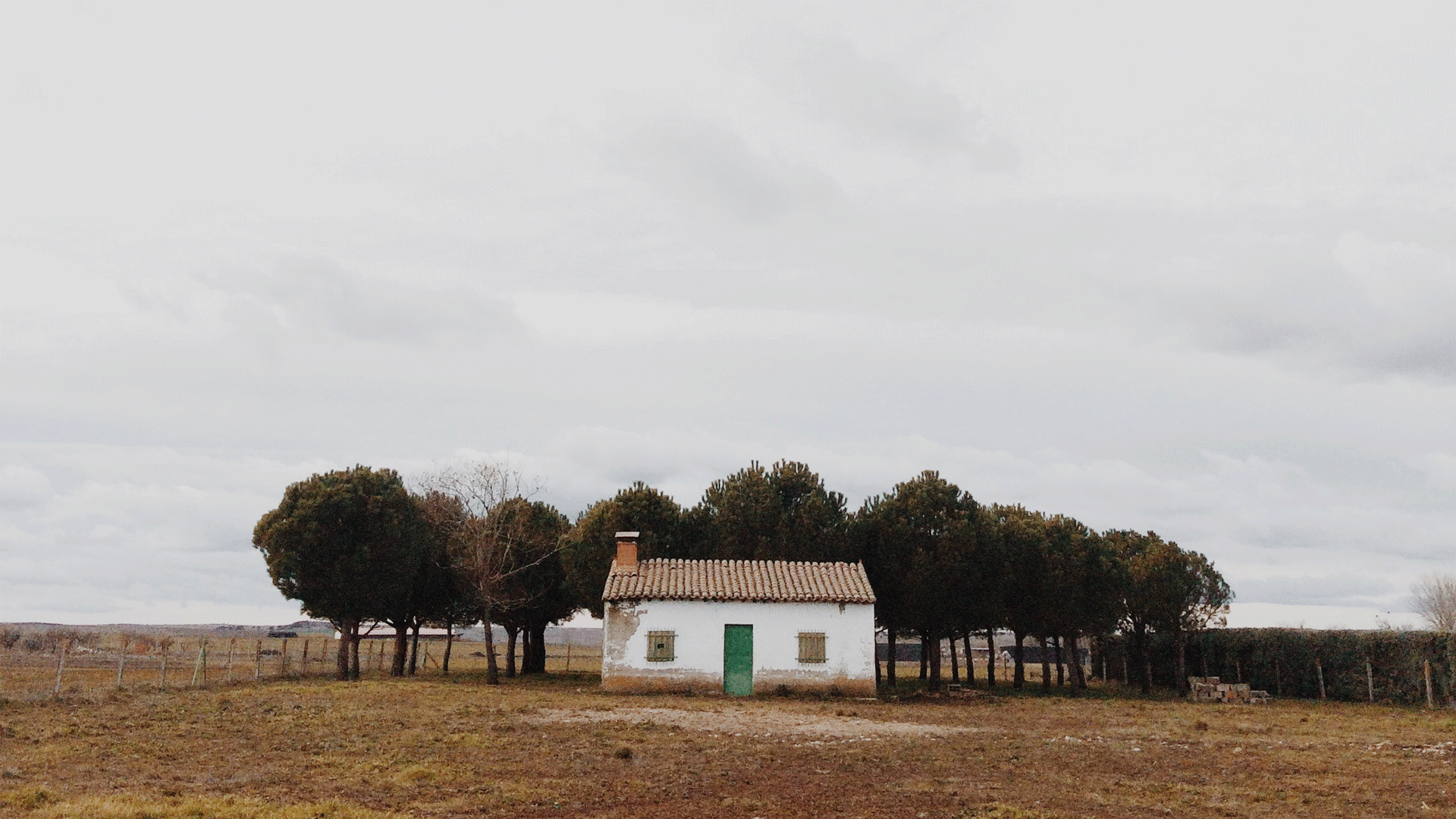
22 Aug If These Walls Could Talk…
Donna Reis reflects on the lives of the women who have inhabited her homes before her.
There’s an indefinable bond between women who are mothers; a sense of recognition, even appreciation for someone else who knows what it is to be someone’s mother – it doesn’t matter what part of the world we come from or what our cultural background might be. But it’s the story of a mother I never knew and who belonged to another generation that is making me feel nostalgic and emotional lately, in the midst of packing boxes and masking tape.
Everyone expects that moving house will be fraught with emotion. The sadness of leaving your neighbours behind, the humiliation of seeing how closely the back of your kids’ cupboards resemble an archaeological dig site, and the angst of peering once again into the box destined for the op shop, even though you’ve promised yourself that you wouldn’t. And then, when it’s all over, closing the door one last time on the home that will forever be a part of your history.
The modest 1950s weatherboard house into which we moved shortly after our marriage some years ago, and where we later welcomed our children, has been lovingly nurtured through its middle age, with Alice in Wonderland birthday parties, bedtime stories and tiny feet running up the hallway to Mum and Dad’s bedroom at 6 am. And like the lady who lived here before us, we were beginning to think that we, too, would still be here in our dotage. But my family and I will soon be leaving this old house, and in doing so, we’ll be leaving behind the fifties housewife with whom I’ve come to share an intangible connection.
When I stand at my kitchen window and watch my children play outside, I often think about how she must have done the same. I wonder how different it really was for her in the fifties era of notoriously perfect housewives who were supposed to clean and bake, raise tidy children, and present delicious three-course dinners by 6 pm every evening. A newlywed herself, when she and her young husband moved here in 1951, she left behind traces and shadows that will forever tie her to this house’s story.
My fifties housewife was handy with a needle and thread. I know this because I found a small basket of exquisite handmade lace, some projects half-completed, needles and cotton still poised, ready to work, in a high cupboard in our bedroom.
Then, there was the dead body that my husband and I found under the house. At least, with a torch shining through the dust and cobwebs, it looked enough like a dead body for me to run (or crawl!), screaming, back into the daylight. And I still suspect that my husband knew for longer than he let on that the corpse was, in fact, an old dressmaker’s dummy, which I later rescued and now keep safely above the floorboards, wearing my vintage fifties evening gown.
Most memorable was the package containing hundreds of letters that fell from the roof space after we pulled out a kitchen wall. The envelopes, all surreptitiously addressed to a post office box number nearby, had postmarks spanning a decade. The pages inside, which we guiltily pored over for weeks afterwards, turned out to be love letters from her husband’s mistress, who was also married and living on the other side of the country. He travelled for work, and the liaison was apparently rekindled on each visit to his mistress’s city. I don’t know why the correspondence suddenly ended in late 1968, and I don’t know whether the housewife and mother who cooked in my kitchen before me knew of its existence, but it was for her that I felt a tug of affection while I read.
I know, too, that she was a dedicated gardener. Clearing the jungle of weeds and untended bushes that had been left after the old lady died in the early nineties, I felt like little Mary Lennox finding the key to The Secret Garden. Edna Walling-style stone retaining walls and hidden bulbs flowering away unseen were slowly and gratefully revealed, and the shape of a once-lush and beautiful garden, crazy paving and all began to reappear as we pruned and cleared the areas where her children had once played.
Every detail and discovery about her mid-century life has felt important to me. I wonder about the loud excitement that must have occurred in my lounge room on the night when television first arrived there as I watch old footage of The Graham Kennedy Show. I wonder what she’d been celebrating when I dig up an old champagne cork from the garden. A birth? A new decade? Man landing on the moon?
I never expected that our next home would be from the same era, although our new place is a little grander. It seems we’re addicted to the large, light-filled rooms of the fifties. There’s a challenge for me there, too, in bringing the plain double-storey brick home back to a vintage aesthetic that somehow belonged to both the sensible post-war years and the golden, glamorous Mid-century Modern style at the same time.
My first thought, amid the thrill of calling the final bid at the auction, was to ask the vendors about the history of their parent’s house. Again, we are only the second owners, the vendors’ architect father having designed what was then an unheard-of open-plan house with rear living rooms. It was such a happy family home, they tell me.
It seems that the fifties are a decade we can’t leave. I’m looking forward to unearthing the secrets of yet another woman of my grandmother’s era. Already, I’ve begun to wonder about her, about how she felt the day they moved into the newly built home with a young family and started a life there in 1950.
And, of course, as we hand the keys of our old house to the young couple who have bought it and close the door for the last time, I’ll shed a tear for my first fifties housewife and thank her for the unlikely closeness I’ve shared with her for all those years.
Illustrations by Ron Monnier




